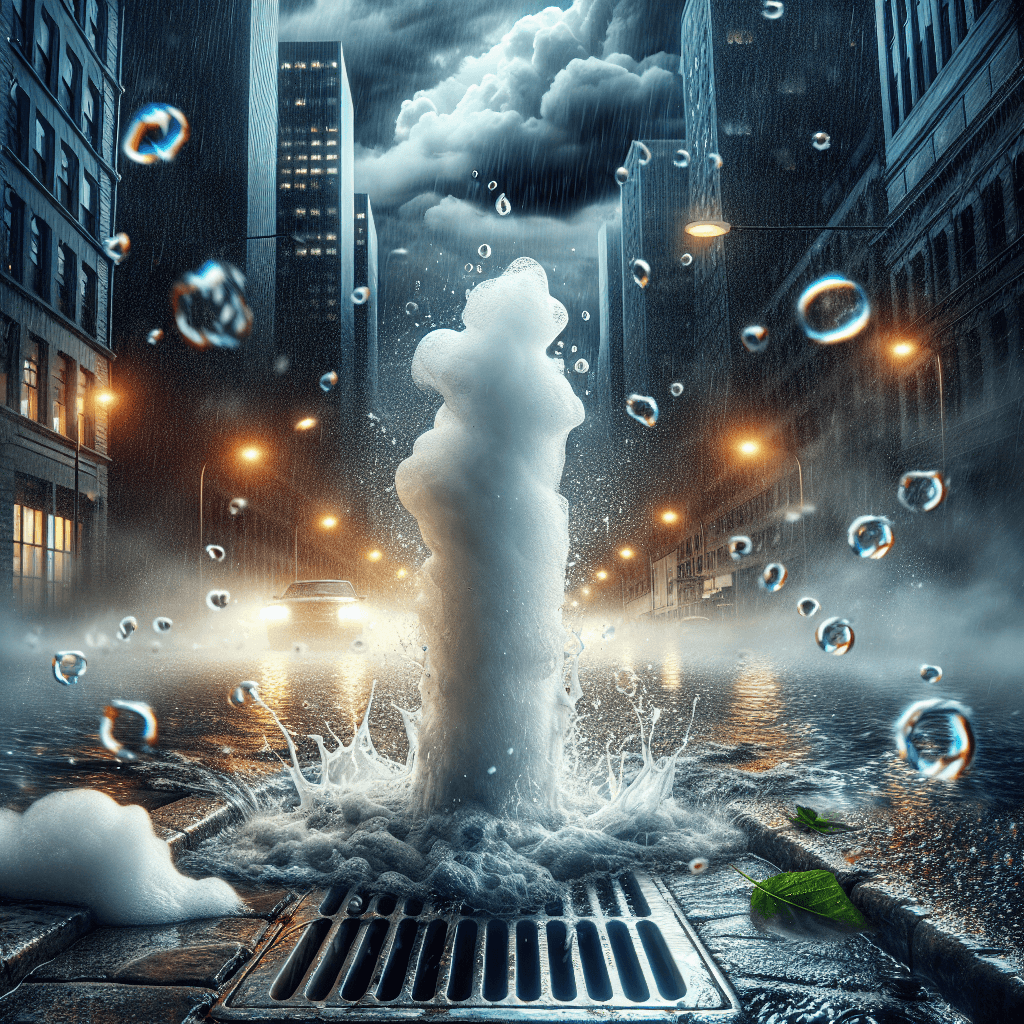UsefulBS - Straight Facts
Straight facts. Answers to questions you never knew you had.
Explore ArticlesFeatured Articles

Why do some glasses automatically get dark when you step into the sunlight?
The lenses have molecules that change shape when exposed to the suns UV rays. This change makes them absorb light and get dark. Without UV light, they change back and become clear.


Why do we grow wisdom teeth that often just need to be removed?
Wisdom teeth are an evolutionary leftover from our ancestors who had larger jaws and a tougher diet. Modern jaws are smaller, so there is often no room for them, causing impaction, pain, and other dental problems that require removal.


Why do meteor showers happen on the same dates every year?
TLDR: Meteor showers happen because Earth's orbit passes through the same cloud of comet debris at the same time every year.

Stay Updated
Subscribe to our newsletter to receive the latest articles and updates.
Recent Articles

Why did bare-knuckle boxers stand in such a peculiar, upright way?
TLDR: Bare-knuckle boxers stood upright with their heads leaned back to make the skull a harder target, protecting their fragile, ungloved hands from breaking. This defensive stance also conserved energy for incredibly long fights and helped defend against grappling, which was legal.


Why were medieval people's pointy shoes legally limited by their social rank?
TLDR: The absurdly long points on medieval shoes were a status symbol; the longer the tip, the more important the wearer. Because they were useless for manual labor, they showed off a life of leisure. Laws limited their length by social rank to visually enforce the class system and stop commoners from dressing like nobles.


Why does intense exercise sometimes make your mouth taste like metal?
TLDR: Intense exercise can cause tiny blood vessels in your lungs to leak under pressure. You are tasting the iron from those red blood cells as they enter your mouth.


Why does a storm drain sometimes erupt with a huge pillar of white foam?
TLDR: It's not soap. A sudden, massive rush of storm water traps and pressurizes air in the pipes. This compressed air then violently erupts from a drain, mixing with water to create a geyser of white, foamy-looking mist.

